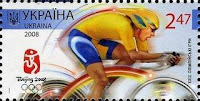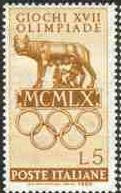
I Wish to have this nice Stamp...............
Switzerland Issuing Commemorative stamps for 2009 Men's World Ice Hockey Championships.
The 2009 Men's World Ice Hockey Championships will be held in Switzerland between April 24th and May 10th, 2009. Events will be held in both Bern and Kloten. The PostFinance Arena in Bern will be renovated starting August 2007 and will accommodate an attendance of 17,000. The Eishalle Schluefweg in Kloten is going to be expanded for the 2008/09 season to a capacity of 9,000.
Switzerland gained the right to host the World Championship for the 10th time. (1928, 1935, 1939, 1948, 1953, 1961, 1971, 1990 and 1998).
Championship
The Championship comprises the top sixteen hockey nations in the world.For the 2009 tournament, the competitors and groups are:
Group ACanada, Slovakia, Belarus, Hungary
Group BRussia, Switzerland, Germany, France
Group CSweden, United States, Latvia, Austria
Group DFinland, Czech Republic, Norway, Denmark







.jpg)












